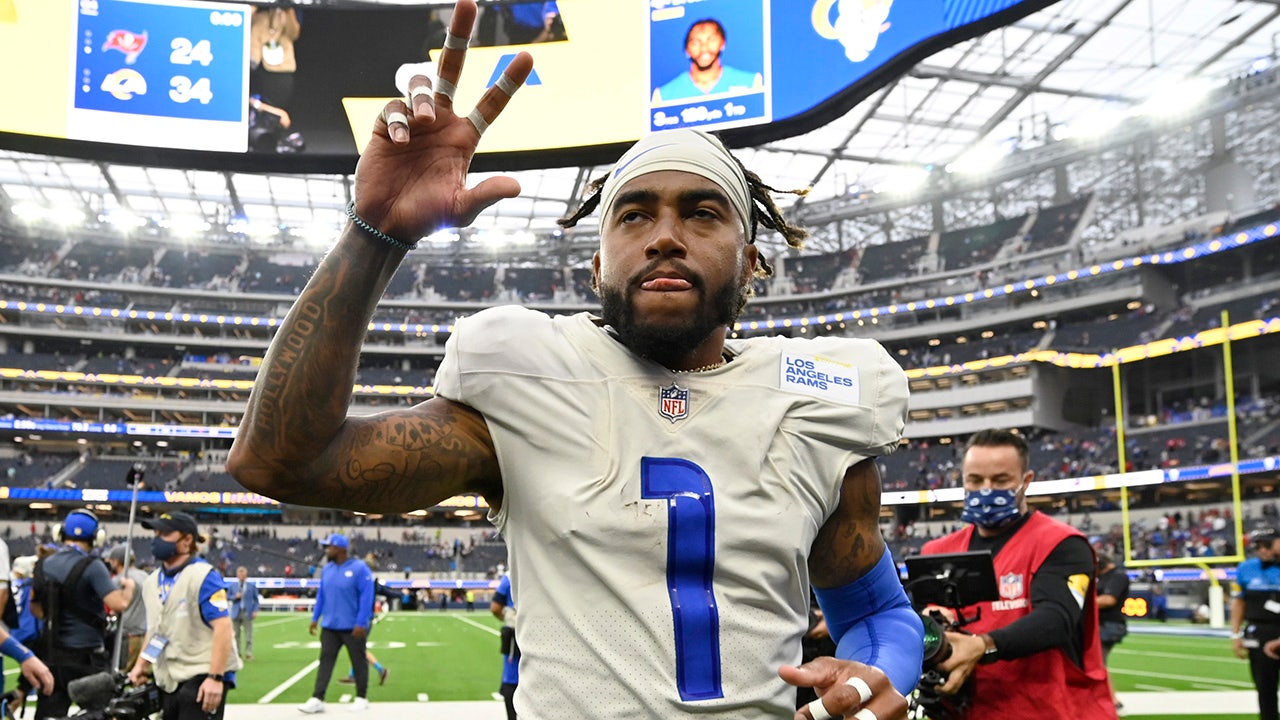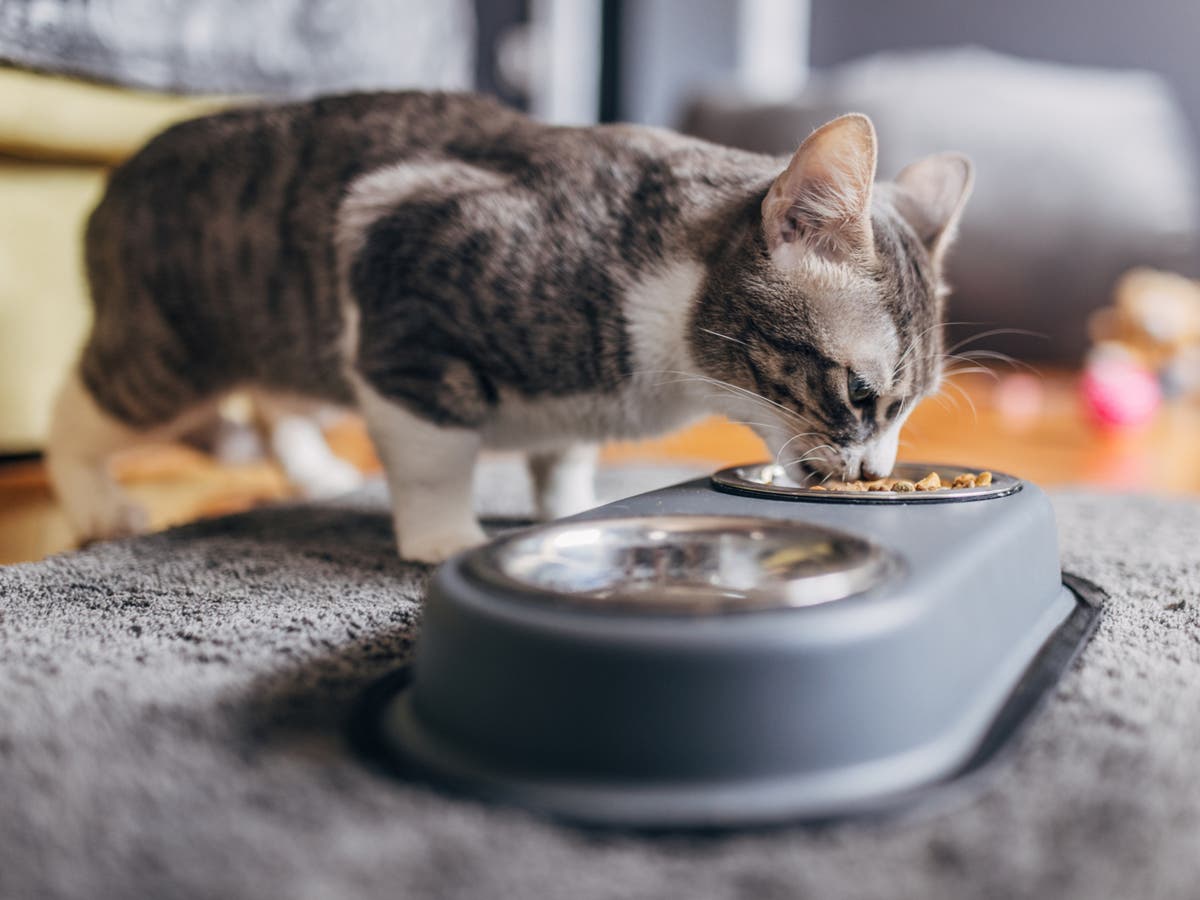Born and raised in Oahu’s North Shore, the singer-songwriter Jack Johnson can still remember a time when going surfing in Waikiki on the other side of the island was a bit of a trip. “When I was a kid back in the ’70s, that drive seemed extra long. It was mostly dirt roads to get there,” Mr. Johnson said during a video chat from his farm on the island.
He also remembers hearing about a local chef, Ed Kinney, who supported and promoted local agriculture. “In Hawaii we have a problem where 90 percent of our food is shipped in. Ed was one of the first chefs, 20 years ago, who was really talking about how important it was to buy local ingredients. Not only for the local economy but also just so that when people are eating out, they’re tasting food that was grown in Hawaii.”
A pro surfer before becoming a platinum-selling musical artist, Mr. Johnson is, with his wife Kim, an active environmentalist. In 2003 they founded Kokua Hawaii Foundation, which supports environmental education in Hawaii’s schools and communities. Over the years they have helped establish school gardens, launched recycling drive programs and encouraged the elimination of single-use plastics, and most recently, acquired a farm where school children visit for hands-on learning about the environment.
Mr. Johnson’s latest album, “In Between Dub,” released this month, is a collection of some of the musician’s favorite songs from his 20-year career, reimagined as dub remixes by some of reggae’s biggest names.
Here are five of his favorite places to visit in Oahu.
1. Waikiki Beach
“It can be pretty crowded, so it might seem like a funny place to recommend somebody to go, but it’s about the best place in the world to learn how to surf. Everybody at every level can get in the water and have fun at Waikiki,” said Mr. Johnson. “There are these beach boys who rent surfboards all along the beach. A lot of them grew up in the water and they’re the most competent people to teach you how to surf,” he added. Even if learning to hang ten is not part of the plan, Waikiki is a great place to watch the sun set while skilled surfers do their thing.
“It’s been around and moved locations over the years since I was a kid, but it’s where I bought my very first CDs,” Mr. Johnson said. “It’s kind of curated in the sense that the people who are working there are music fans, and when you come in and ask questions, they’re really friendly and show you around.” The store has what Mr. Johnson calls “an amazing collection” of vintage Hawaiian music on vinyl, making it “probably the best place in the world” for anybody curious about Hawaiian music, traditional or contemporary. “ I have a big record collection thanks to Hungry Ear,” said Mr. Johnson, who also likes to shop for records when he’s on tour. “I find that records are a good thing to buy when you’re traveling because they’re flat, so you can put them between your clothes and they don’t add too much space.
“Mud Hen Water is my favorite restaurant in Hawaii. Ed Kenney is the chef and he’s amazing. He’s the host on a PBS show called “Family Ingredients,” and it’s made here in Hawaii. The food is great and it’s done by somebody who was born and raised in Hawaii, who has a real grasp of Hawaiian traditions.” A favorite dish to try? “I would say anything on the menu with kalo, which is taro root and one of the most traditional staples in Hawaii cuisine.”
“Somebody got us some tickets as a gift when our kids were probably around five years old. And we’ve taken our kids to pretty much every production they’ve ever put on because it’s just amazing,” said Mr. Johnson, who called the theater’s storytelling “very Hawaii-centric.”
“It’s a lot of traditional myths and stories about people like Eddie Aikau or Duke Kahanamoku,” Mr. Johnson said, referring to two legendary Hawaiian surfers. “They tell stories that you would only be able to hear or see if you’re here. I would highly recommend going if you’re traveling with kids.”
5. Waimea Valley
Neglected for decades, Waimea Valley is now a nonprofit botanical garden and preservation area that offers workshops on Hawaiian history and culture, as well as performances and educational demonstrations. “It’s a beautiful valley and, I would say, a very sacred place,” Mr. Johnson said, referring to Waimea’s deep roots in Hawaiian history and traditions, including the remains of sacred sites, houses and shrines — some believed to have been constructed around 1470 A.D. “There’s a nice waterfall at the back of the valley and there’s a long trail that’s accessible for everyone,” he said, referring to the nearly mile-long paved path that winds across the valley to Wailele Falls. Along the trail, are magnificent examples of “native plants and tropical plants from around the world,” as well as interpretive signs that provide insight into the flora, fauna and history of the valley.















































